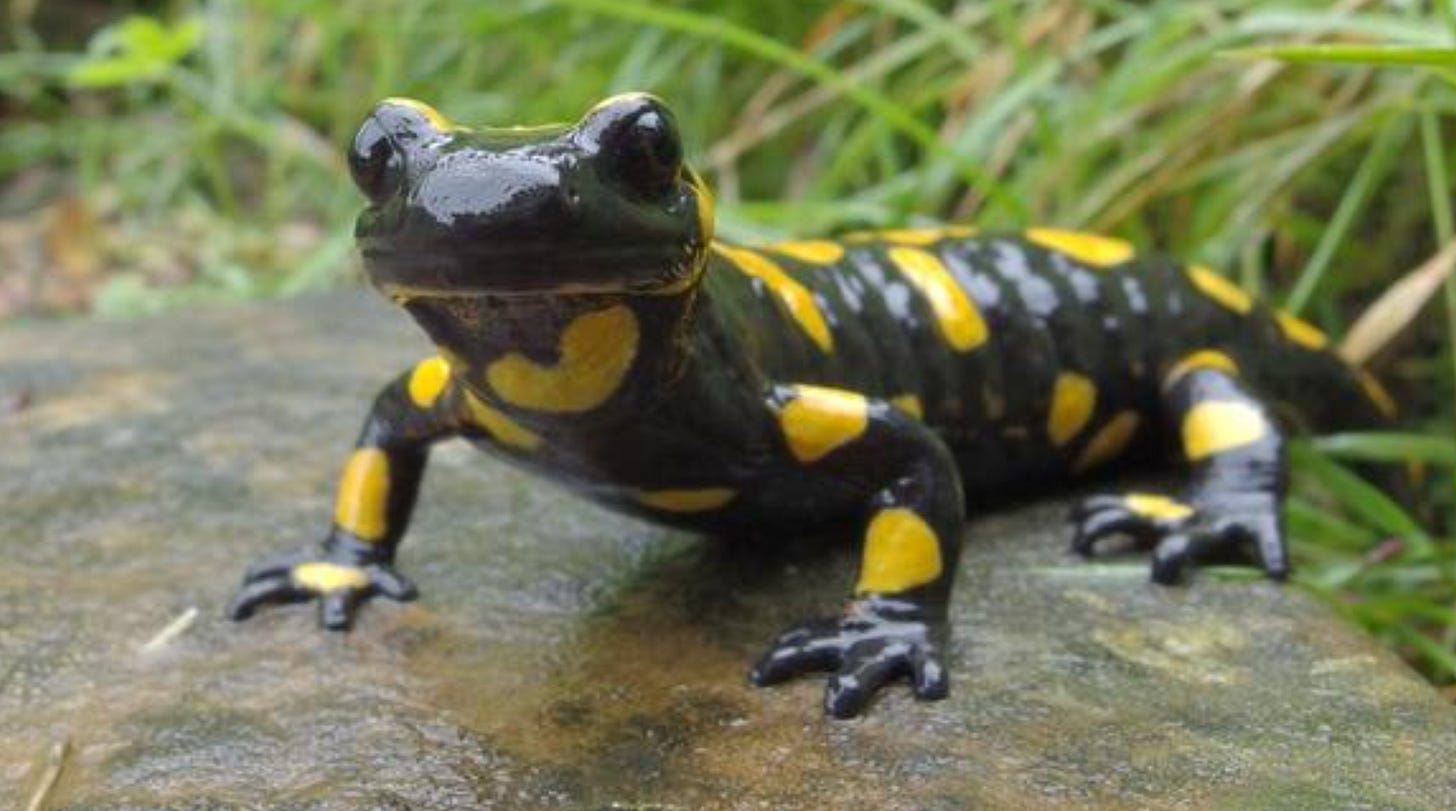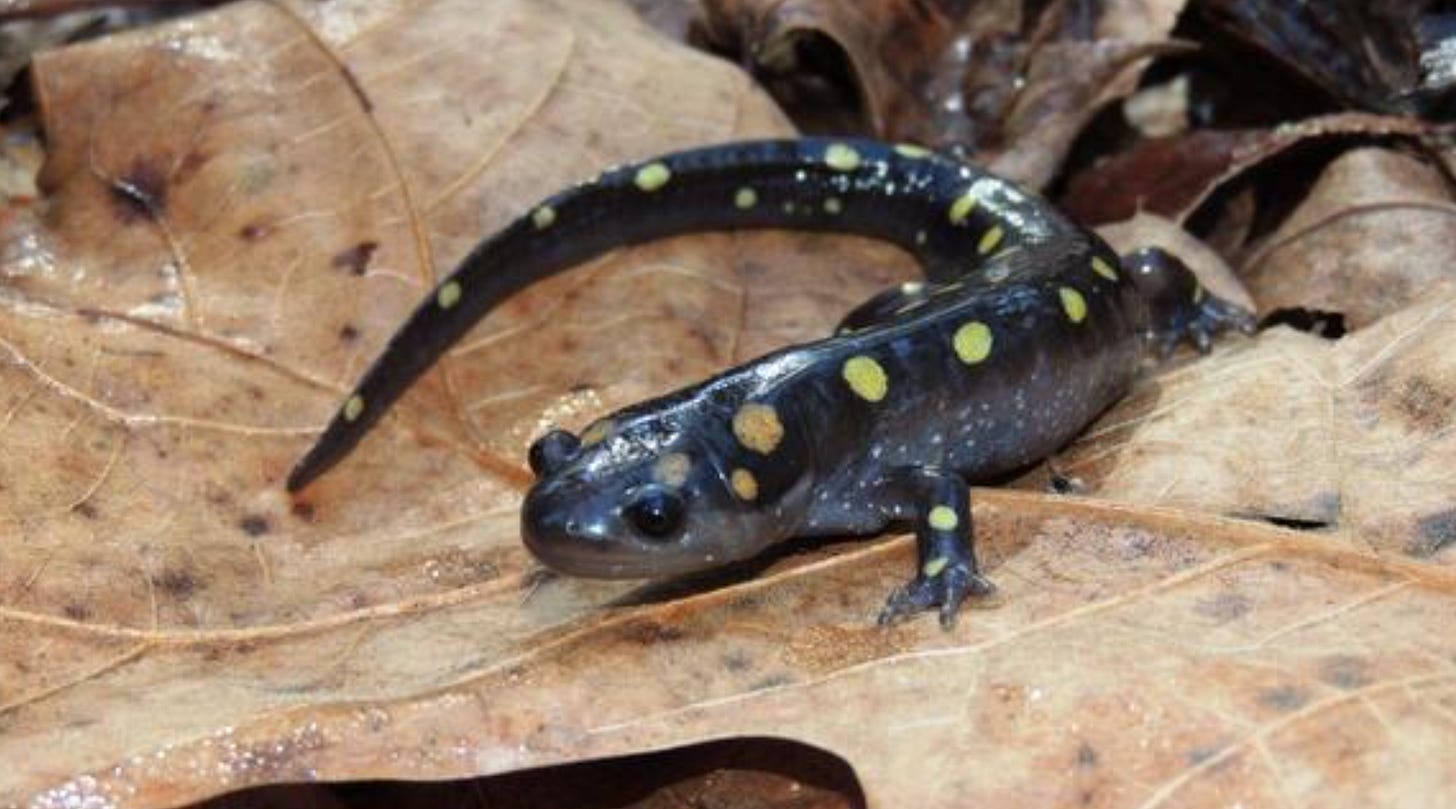One Easy Thing You Can Do To Help Protect Threatened Salamanders
Though common throughout the state of Massachusetts, salamanders can be so secretive that you may go your entire life without ever seeing one.
As we head into spring, we in Massachusetts can expect the return of the greenery, the rain, and of course, the woodland symphony that returns each night and which is comprised of our native amphibians. While many are aware of the many different species of toads and frogs that mix their voices together to form this springtime music, you may be surprised to learn of the third, more elusive, type of amphibians that live amongst them. Salamanders!
Salamanders In Massachusetts
Though common throughout the state of Massachusetts, salamanders can be so secretive that you may go your entire life without ever seeing one. Even if you did see one, you probably would not think it an amphibian. That is because, unlike frogs and toads, salamanders have slender bodies with long tails. They look a lot more like lizards than frogs! But, unlike typically dry-skinned lizards, salamanders generally have moist bodies and breathe through their wet skin.
Amphibians worldwide are in danger due to habitat loss, and Massachusetts' salamanders are no exception. Of the 11 species that call MA home, 3 are especially at risk. These species are listed under the MA Endangered Species Act.
Blue-spotted Salamander (Ambystoma laterale)
Jefferson Salamander (Ambystoma jeffersonianum)
Marbled Salamander (Ambystoma opacum)
What Can You Do To Help Salamanders?
Salamanders are especially vulnerable during the first few weeks of Spring. That is because the first springtime rains trigger many salamanders to awaken from their underground wintering sites to travel to breeding pools. Roads present a considerable danger, so be on the lookout for any salamanders that might need your assistance to cross the road.
Another easy step you can take is simply checking your window wells from time to time, especially after it rains. According to Wild Care Cape Cod, window wells can be a death trap for small animals, with Salamanders being no exception. Salamanders can often get trapped inside these pits. If you see one, move it to a natural area with water or moist leaves in your yard. Do not move them to a new location entirely. Make sure to wash your hands before and after! Furthermore, you can help salamanders and other small animals by simply placing a branch or board into your wells all year round for creatures to climb out.



